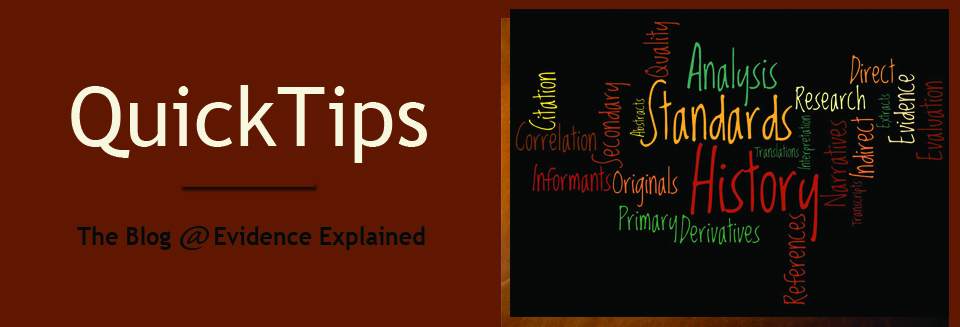Old-World Paleography, Anyone?
28 March 2014
Are you wishing for a tutorial on pre-modern paleography? English? Scottish? French? German? Italian? The web offers several, including these:
- Read more about Old-World Paleography, Anyone?
- Log in or register to post comments
- 1782 views
